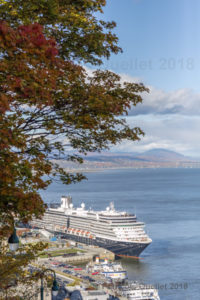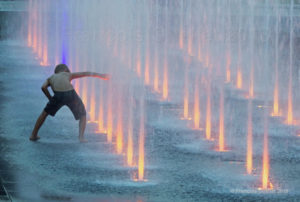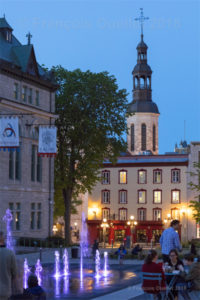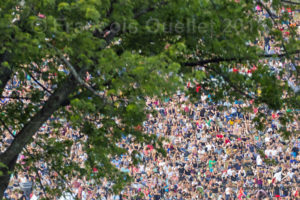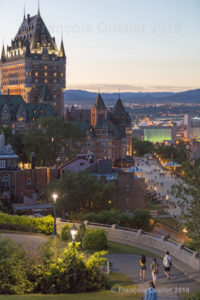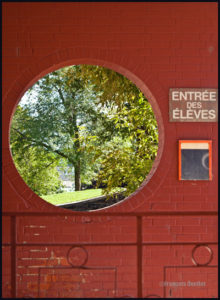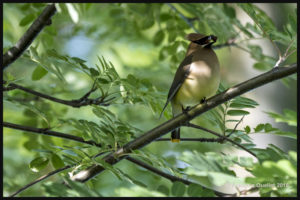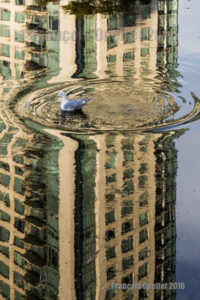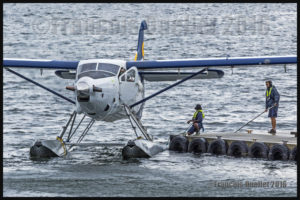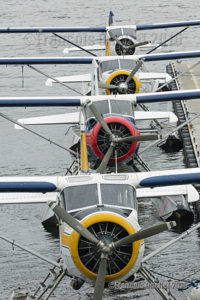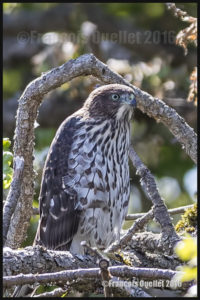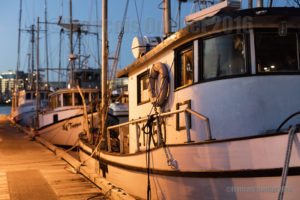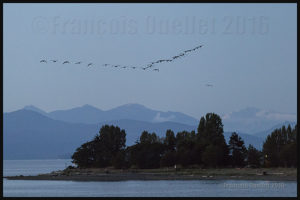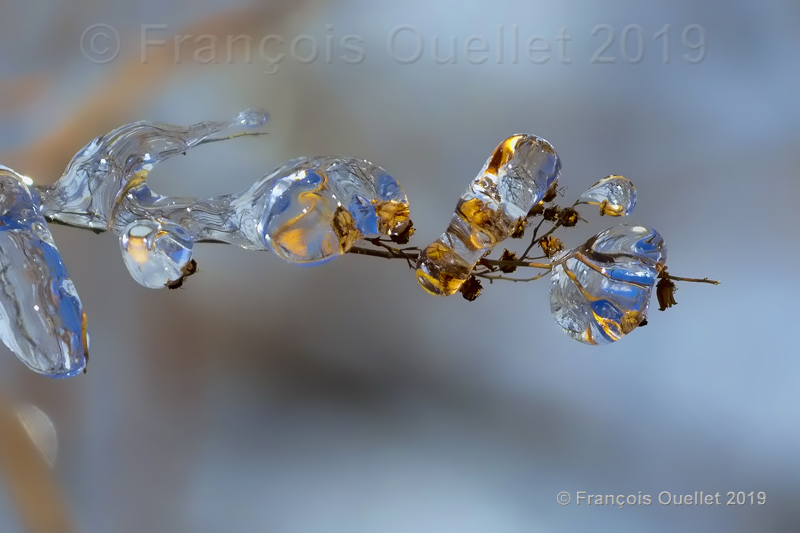
The effects of the freezing rain that fell over Quebec City this winter were not only negative. Photographers seized the opportunity to immortalize rapidly changing situations.
In the picture above, the “blue” that is visible in the ice represents the reflection from the magnificent winter sky. On a bigger screen, the ice shows the white birch trees that were surrounding the scene.
In order to avoid any distractions, the background was kept blurred by setting the aperture to 3.5. The presence of moderate wind required a higher shutter speed, in this case 1/6400. The ISO was limited to 250, to protect the quality of the picture during the enlargment. The 50.6 megapixel full frame sensor offered all the necessary flexibility during the digital processing.
The picture was taken with a Canon 5DSR equipped with a Canon EF 70-200mm f/2.8L II USM telephoto lens. I only had that lens at the moment of my walk. The focal length was 200mm with the stabilizer “on” and a setting of “1.2 meter/infinite” instead of the usual “2.5 meters / infinite”.
For other pictures of Quebec City, click on the following links of my blog :
